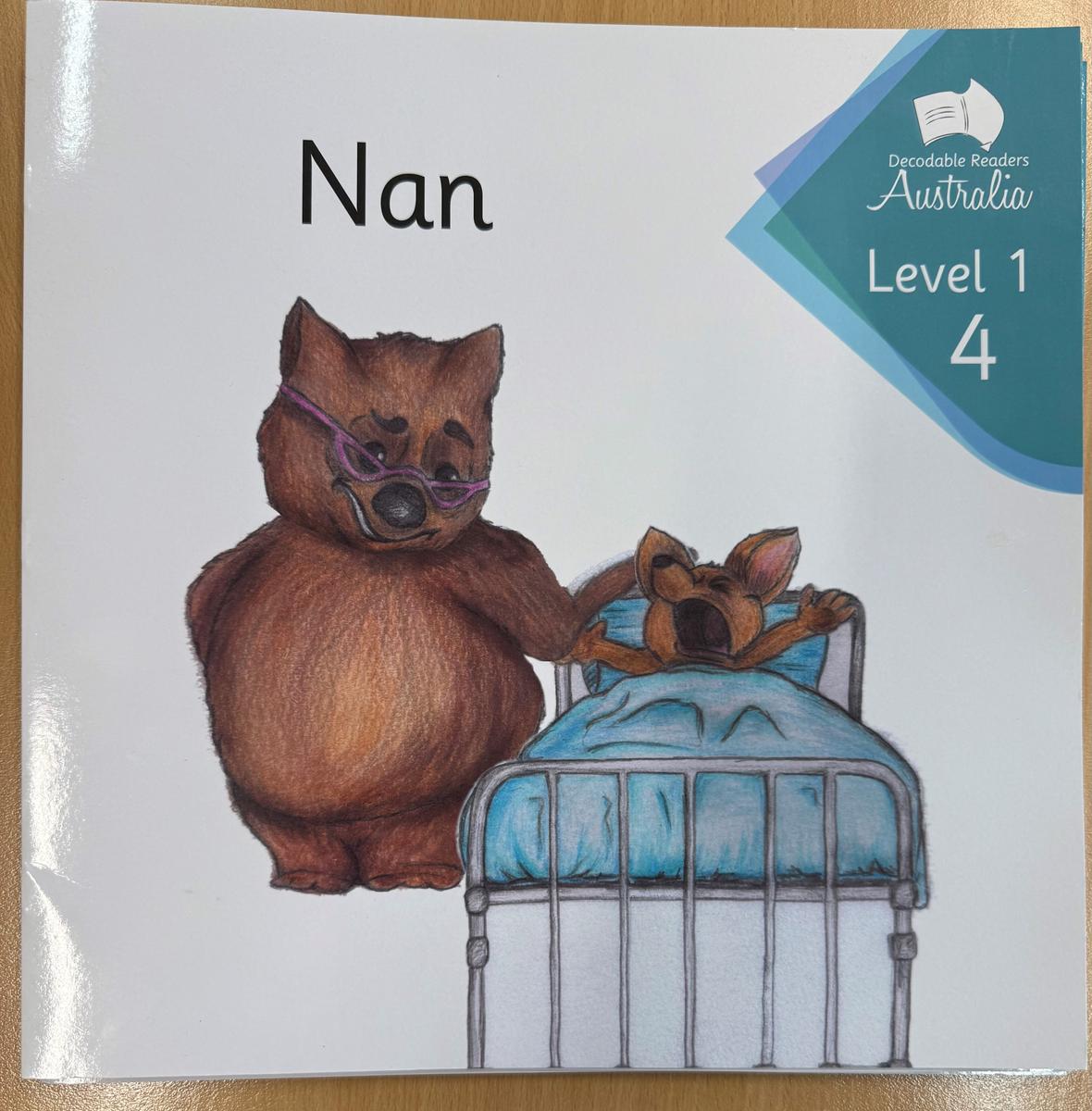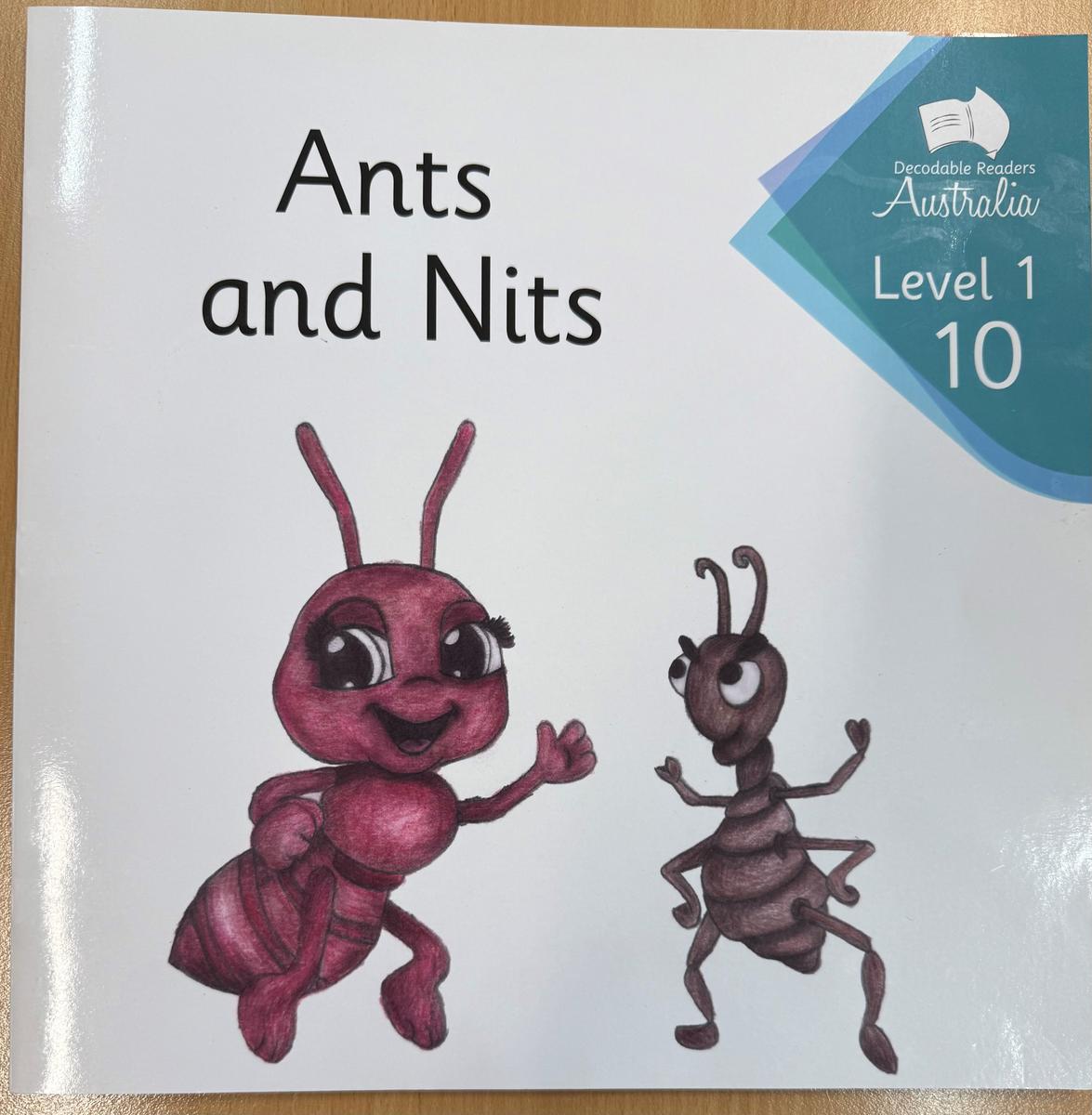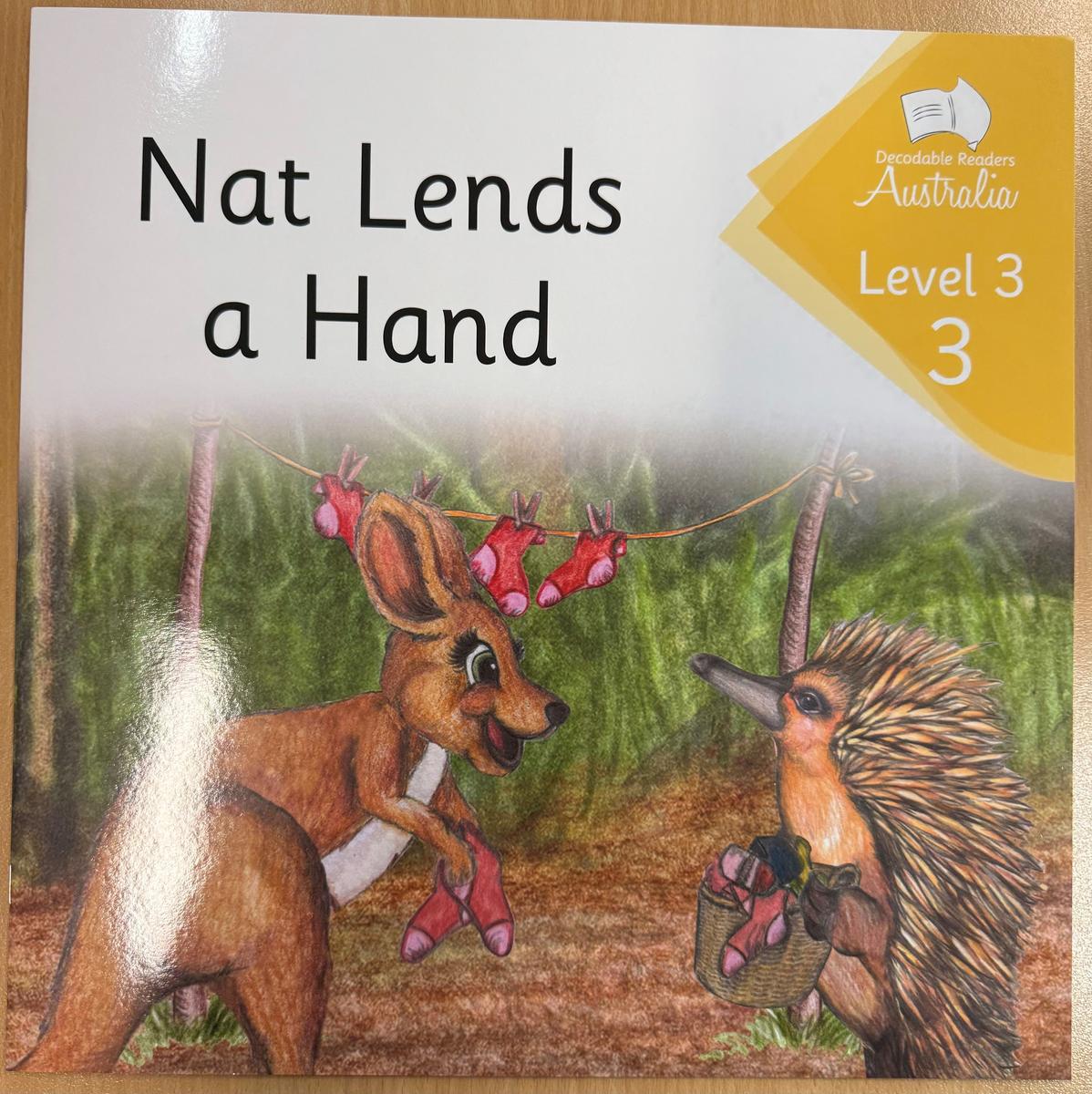Curriculum
Cameron Azer | Assistant Principal Image: Foundation C classroom

Curriculum
Cameron Azer | Assistant Principal Image: Foundation C classroom
When children begin their reading journey, they need more than just exposure to books—they need the right kind of books. That’s where decodable texts come in. These specially written books are a powerful tool that support the way children learn to read by matching the phonics skills they are being taught in class.
What are Decodable Texts?
Decodable texts are stories that use words made up of letter-sound patterns (phonics) students have already learned or been exposed to. For example, if a child has just learned the short “a” sound, they might read a story with simple words like cat, sat, and ran. This lets them practice decoding (sounding out) words using what they know—without relying on pictures or guessing.








Why are they important?
Example of a Decodable Text:
Sam had a cat.
The cat sat on a mat.
Sam ran to the cat.
The cat had a nap.
Why is this Decodable?
Almost every word uses simple phonics patterns (CVC: consonant-vowel-consonant) that a beginning reader can sound out using basic skills.
Example of a Non-Decodable Text:
Sam loved his fluffy kitten. Every morning, he raced downstairs to find her curled up on his favourite chair. She purred happily when Sam picked her up.
How can this present challenge when reading?
Words such as "loved," "fluffy," "every," "morning," "raced," "downstairs," and "curled" require advanced decoding skills, memorisation, or guessing from context and pictures — much harder for a student who hasn't learned those patterns yet.
How can you help at home?